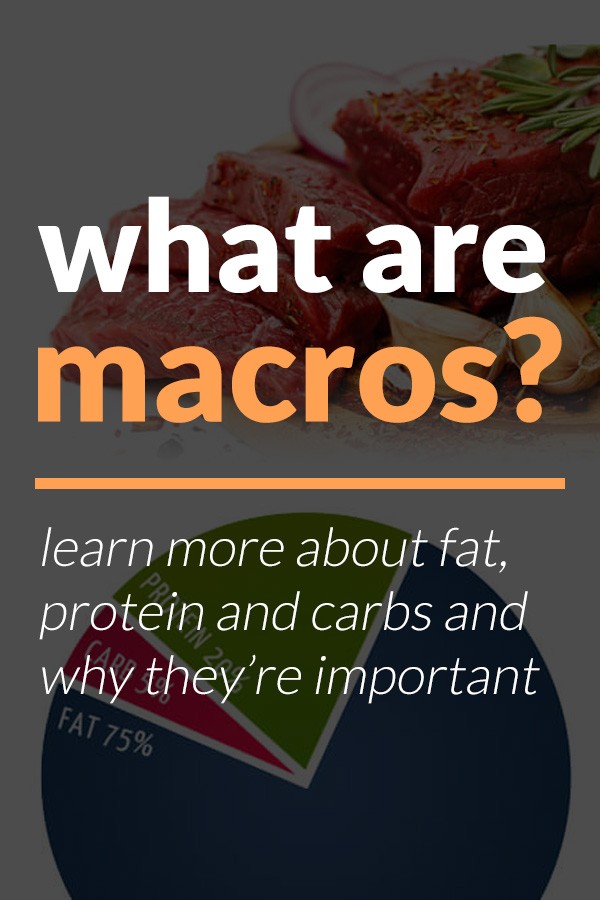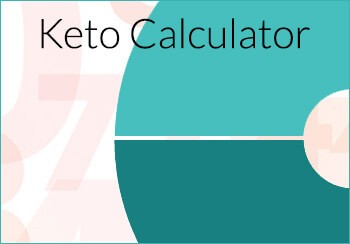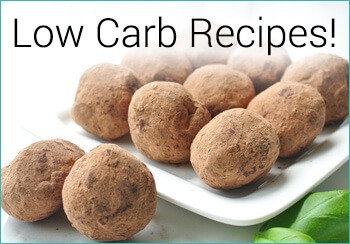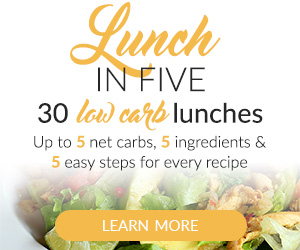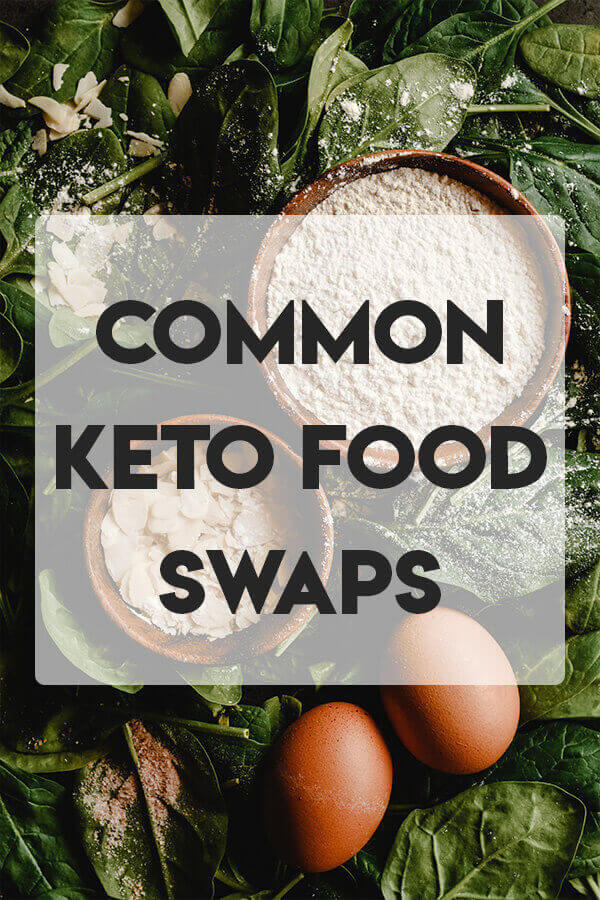What Are Macronutrients (Macros)?
What are macronutrients? Macronutrients are molecules that our bodies use to create energy for themselves – primarily fat, protein and carbs. They are found in all foods in varying amounts, measured in grams (g) on the nutrition labels.
- Fat provides 9 calories per gram
- Protein provides 4 calories per gram
- Carbohydrates provide 4 calories per gram
Counting Calories vs. Counting Macros
Counting calories vs. counting macros is an important distinction to make if you’re trying to lose weight and get fit. If you eat fewer calories than you burn, you will likely lose weight. But counting calories can only tell you so much; if you’re not careful and don’t eat the right calories, you’ll likely lose muscle too! To maintain, lose or even gain weight, many people rely on counting macros to make sure they’re eating correctly. 100 calories of avocado (fat) is a lot better than 100 calories of a doughnut (carbs). This is just one example of how counting calories vs. counting macros makes an enormous difference. On a ketogenic (low carb, high fat) diet, it’s very important to know how many carbs you’re eating in comparison to fat and protein. Many people aim for less than 50g of carbs to maintain ketosis. When counting macros, you simply add up how many grams of fat, protein and carbs you ate that day.
If you’re still wondering about the whole counting calories vs. counting macros dichotomy, let’s take an example: If you ate 10 Ritz crackers and wanted to calculate your macros for that meal, you would first determine how many servings you ate. If the serving size is 5 crackers and you ate 10, you would multiply every number on that label by 2. You would have eaten 8g of fat, 20g of carbs, and 2g of protein in that snack. In your log, you would then add all your grams of carbs, protein, and fat up to a total so far. By seeing your macros visually, you can easily tell when you’re running a little high in carbs and know when to slow down. Counting calories vs. counting macros is something you’ll get used to doing as you gain more experience with this dietary approach.
4-Week Keto Meal Plan
- 4 Weeks of Delicious Keto Recipes!
- Leftovers and Bulk Preps Included
- Maximize Your Keto Diet's Success
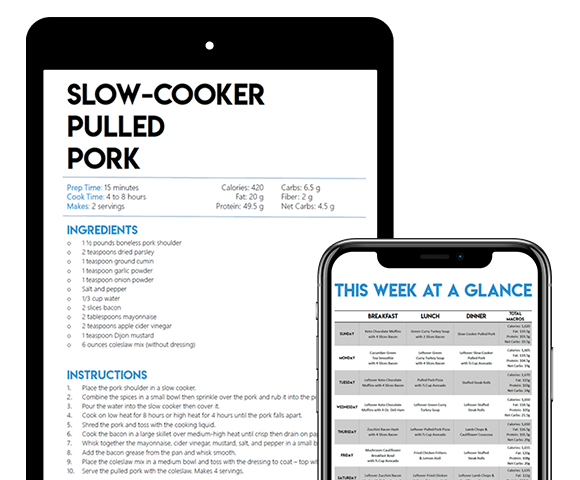
How to Calculate Your Optimal Macros
Do you still feel like you’re not sure what macros are? Your optimal macronutrient intake depends on many different factors- your age, gender, weight, BMI, and activity level. To best determine what you should be eating, you’d need to decide what “diet” to follow. Every diet is different. A ketogenic diet, for example, is very low in carbs and high in fat. You’d be eating 70% of your macro intake from fat, and about 5% from carbs. But how many grams is that? Well, it depends on the person!
 For a Ketogenic Diet, we suggest using our Keto Calculator! We guide you through each step for a quick and painless macro guide!
For a Ketogenic Diet, we suggest using our Keto Calculator! We guide you through each step for a quick and painless macro guide!
If you feel like understanding what macros are is going to take you some time, we have a solution for you that will keep you moving and help you minimize the chance that you’ll suffer a setback because of the learning curve. With our Keto Calculator, all you need to do is fill in your info, pick your activity levels and goals to see how much of each macronutrient you should be eating daily, based on your age, gender, activity level, etc. For example, 122g of fat, 100g of protein, 25g of carbs would roughly follow a 70% fat, 25% protein and 5% carb intake.
Now What?
Now that you’re starting to obtain an understanding of what macros are and how to track them, you can take that next step. Once you’ve got a baseline, start paying attention to the nutrition labels of all the foods you’re eating. For the first few weeks, you may find keeping a record, whether written or in a document on your phone, very helpful. You can also use one of the many calorie/macro trackers out there. MyFitnessPal is one of the most popular ones with a huge database of food information.
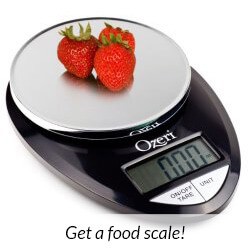 It would also be incredibly beneficial to buy a food scale! They’re inexpensive and come in very handy. When you’re eating something like strawberries or chicken, which come in varying sizes, it’s helpful to first weigh the food to record the right macros. The food scale is also helpful when the food doesn’t have a nutrition label, as most paleo foods do not. Yes, what macronutrients are depends on the volume of the food you’re consuming as well.
It would also be incredibly beneficial to buy a food scale! They’re inexpensive and come in very handy. When you’re eating something like strawberries or chicken, which come in varying sizes, it’s helpful to first weigh the food to record the right macros. The food scale is also helpful when the food doesn’t have a nutrition label, as most paleo foods do not. Yes, what macronutrients are depends on the volume of the food you’re consuming as well.
For example, if your chicken breast weighs 100g and SelfNutritionData lists the macros for 100g of chicken at 4g fat, 0g carbs and 31g protein, add those numbers to your totals for the day! This may seem tedious but over time, you will learn which foods are high/low in which macro. If you’re keeping it low carb, you’ll learn exactly how many berries you can eat throughout the day by first measuring them out a few times. Practice makes perfect! This is how knowing what macronutrients are can help you stay ahead of the game and continue down the right path.
Tools/Websites You May Find Helpful
Knowing what macros are and understanding the distinction of counting calories vs. counting macros isn’t something you’ll have to have an innate feel for from the beginning of your health journey. Each of the tools below offers something along the lines of understanding counting calories vs. counting macros, what macronutrients are and other valuable, real-time information that’s generated based on how you’re going through your day. Take a look at these examples below for a deeper look at tracking your progress:
- MyFitnessPal – they’ve got a giant database of food and a very friendly user interface. Very handy for staying on top of your calories and macros!
- CalorieKing, NutritionSelfData, FatSecret – all great for looking up macros
- Food Scale – for more accurate macros
- Printable Cheat Sheet – to help choose the right foods
- Mistakes to Avoid – good to know before you encounter them
Notes:
- Many people on a keto diet, including us, count their “net carbs” which is the total carb count listed on the nutrition label minus the fiber and sugar alcohol content. An average avocado can have 15g of carbs and 10g of fiber. This means the net carbs in an average avocado are only 5g. Count the net carbs towards your macros.
- Sugar alcohols (like erythritol and xylitol) are widely used in place of sugar and are also not counted towards your net carbs. They are not digested by our bodies and are excreted as excess sugar, so we don’t count them towards any macros. A word of caution though: some people find that sugar alcohols, especially maltitol, upset their stomach and may disrupt regularly scheduled bowel movements. However, if you keep sugar alcohols to under 50g a day (10 teaspoons, which is a lot!) you are unlikely to experience any negative side effects. Try a recipe with erythritol and see how you feel. We are not affected by them but everyone’s different.
- All websites and nutrition apps are different! No food can be measured to 100% accuracy unless it’s broken down and tested (nutrition labels are most accurate). Websites approximate values based on data and averages. This is ok! If you’re having trouble locating an accurate nutritional reading, take the average of what you find. At the end of the day, if you’re off by 5g here or there, it’s not a big deal.
- As with any diet/lifestyle change, stay hydrated! However, be aware that the more water you drink, the more water is excreted, and with it, electrolytes. Make sure to replenish them by drinking coconut water or bone broth. Get plenty of sodium, potassium, calcium, magnesium, etc. from your diet. Foods that are high in electrolytes can be found in this article from LiveStrong.com.
- Counting calories vs. counting macros, understanding what macronutrients are and all the other questions are things that you will gain a grasp of quickly enough that it will surprise you. Hang in there, learn these lessons and before you know it you’ll be a macro master
Have any more questions?
Feel free to contact us. We’d love to hear from you and want to help any way we can. We are sharing our story in hopes you will find these starter tools helpful. Check out all our keto friendly recipes to get inspired!
Disclosure:
We are not nutritionists or doctors and this information is not meant to be given as medical advice. We are two people sharing our success strategies and resources and encouraging you to do further research to see if they’ll work for you too. Before starting any diet, you should consult with your physician to rule out any health issues that could arise. Safety first, results second.
NUTRITIONAL DISCLAIMER
The content on this website should not be taken as medical advice and you should ALWAYS consult with your doctor before starting any diet or exercise program. We provide nutritional data for our recipes as a courtesy to our readers. We use Total Keto Diet app software to calculate the nutrition and we remove fiber and sugar alcohols, like erythritol, from the total carbohydrate count to get to the net carb count, as they do not affect your blood glucose levels. You should independently calculate nutritional information on your own and not rely on our data. The website or content herein is not intended to cure, prevent, diagnose or treat any disease. This website shall not be liable for adverse reactions or any other outcome resulting from the use of recipes or recommendations on the Website or actions you take as a result. Any action you take is strictly at your own risk.
- Keto-Friendly Food Swaps for Common Ingredients - July 11, 2023
- Keto Diet and Acne: Reducing Breakouts and Promoting Clear Skin - July 9, 2023
- Can the Keto Diet Help with Epilepsy? - July 7, 2023
